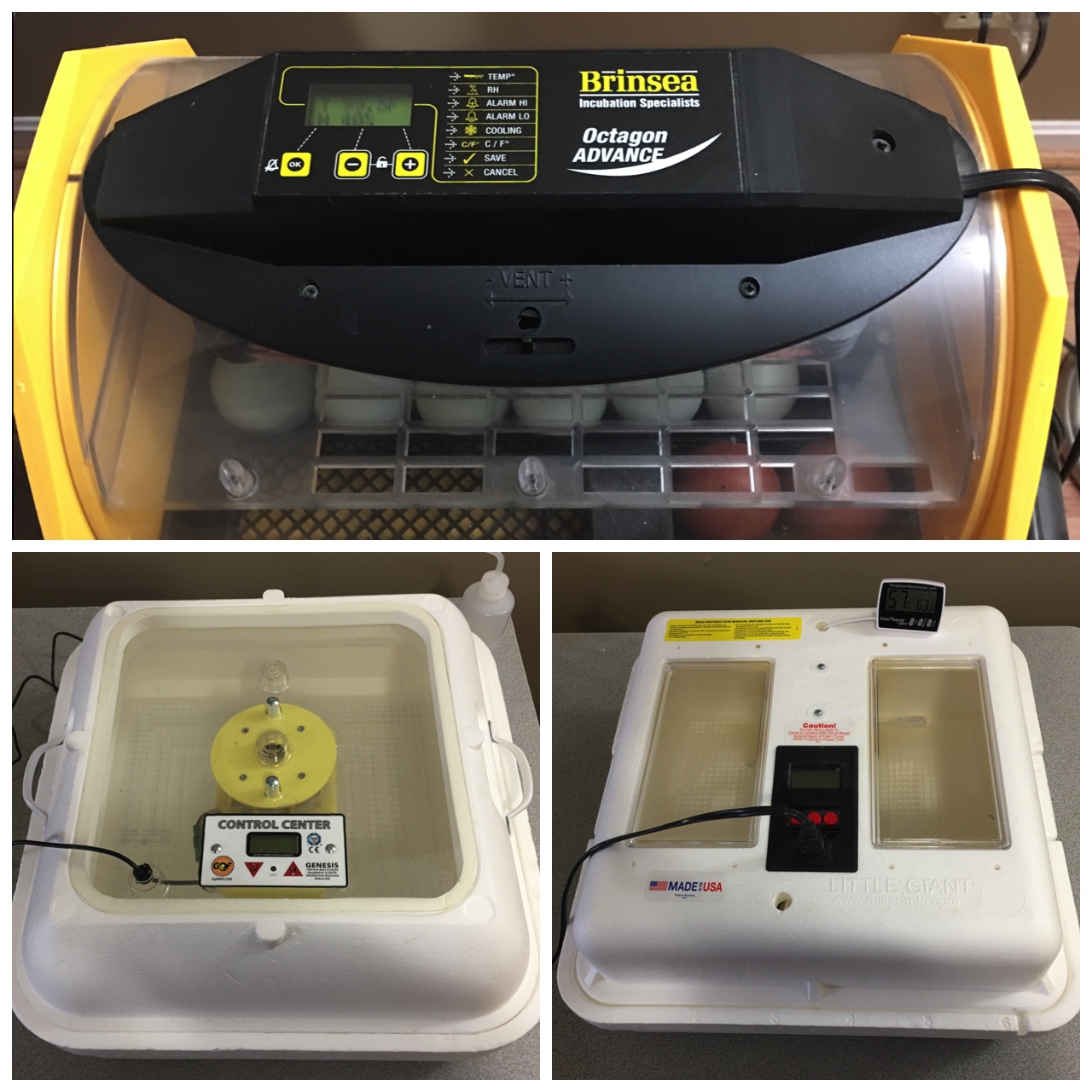
It’s that time of year again – the fowl are laying and that means there are chicks, keets, ducklings, and goslings to be hatched! One of the most important aspects of hatching your own eggs without the help of a broody hen or duck is having a reliable incubator. But where do you start when looking for an incubator?
Before you buy one, I highly recommend considering your goals, using questions like these as your guide in your analysis:
- Do you have a price range?
- How many eggs do you want to hatch at a time?
- Do you want to be very hands on or more hands off?
- Are you planning on staggering hatches?
- What kind of eggs are you planning to incubate?
- How important is ease of cleaning to you?
We have several incubators that we use to hatch chicken, guinea fowl, and duck (including Muscovy) eggs. We’ll also be hatching goose eggs this year, as our white Chinese goose has begun to lay! The incubators we use are as follows:
- Brinsea Advance 20
- Hova-Bator 1588 Genesis
- Little Giant 9300
Brinsea Advance 20:
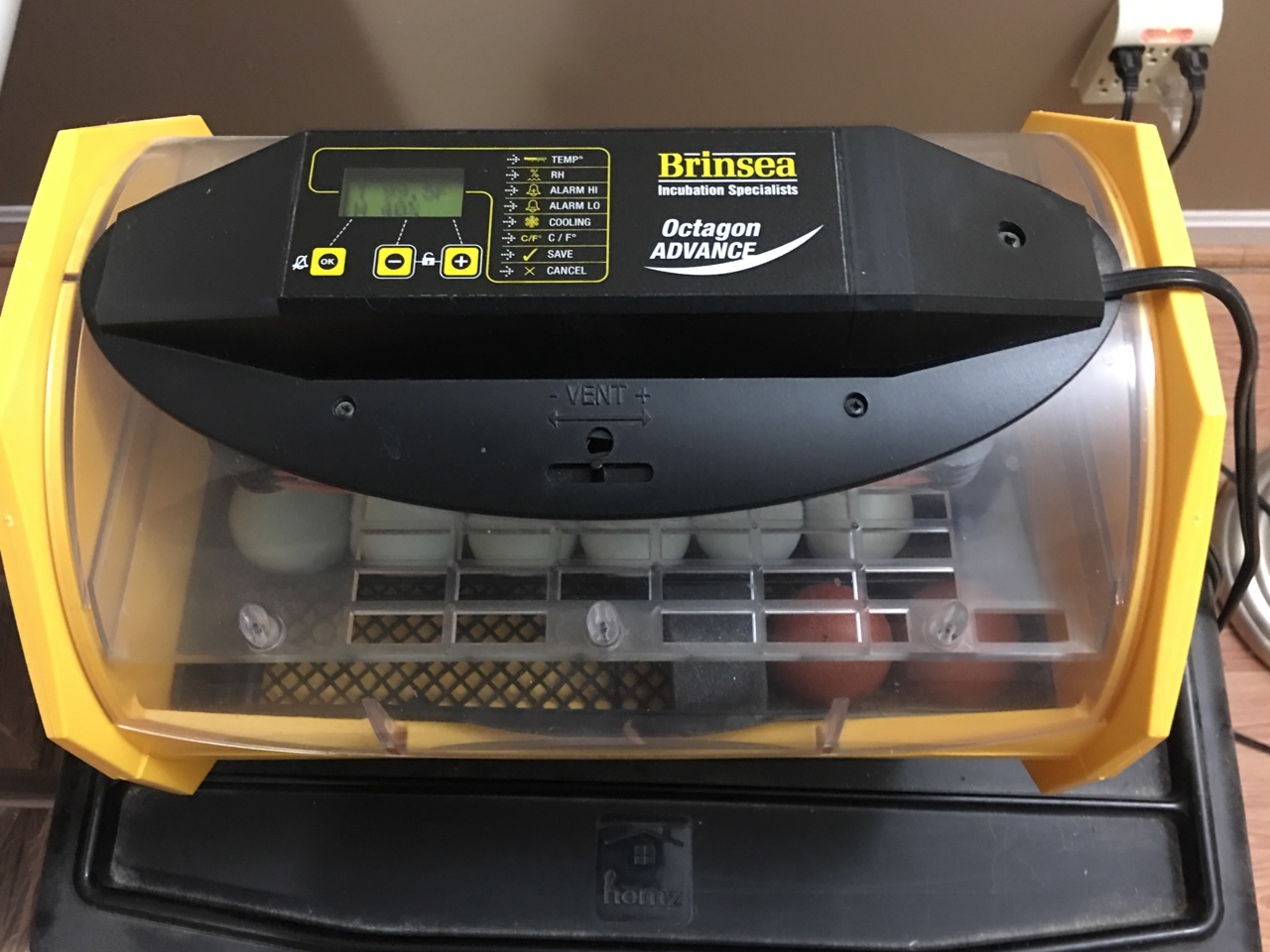
This is a forced-air, hard plastic incubator with digital controls. In 2016, I purchased this model for $360. Brinsea has since come out with newer models with different designs (for example, the new units appear to no longer use the Advance 20’s turning cradle design). We have had excellent hatches in this incubator, and find its digital controls to be very accurate and reliable. It has valuable features like a cooling setting, where you can set it to cool the eggs for a period of time each day (1-3 hours), which has been shown to increase hatch rates. One of the most impressive attributes of the Brinsea is how quickly the incubator returns to optimal temperature after the lid is opened, making topping up the water in the wells to increase humidity easy and low stress. This model of incubator is also easy to clean since it’s all plastic. The only criticisms I have of the unit is that it can only hold 24 eggs at a time (and you don’t want to fill it to capacity in case all or most of the eggs hatch – trust me), and because it uses a separate turning cradle, the cradle can stop working without you realizing it, potentially impacting your hatch rate. When I read about cradles that had stopped working, I simply purchased a “back up” cradle on Amazon…just in case. My original turning cradle is still working like a champ, though. Bottom line: this unit is rock solid, and you can be fairly hands-off, if desired. For expensive or rare eggs, this is the one I’d use first.
Hova-Bator 1588 Genesis:
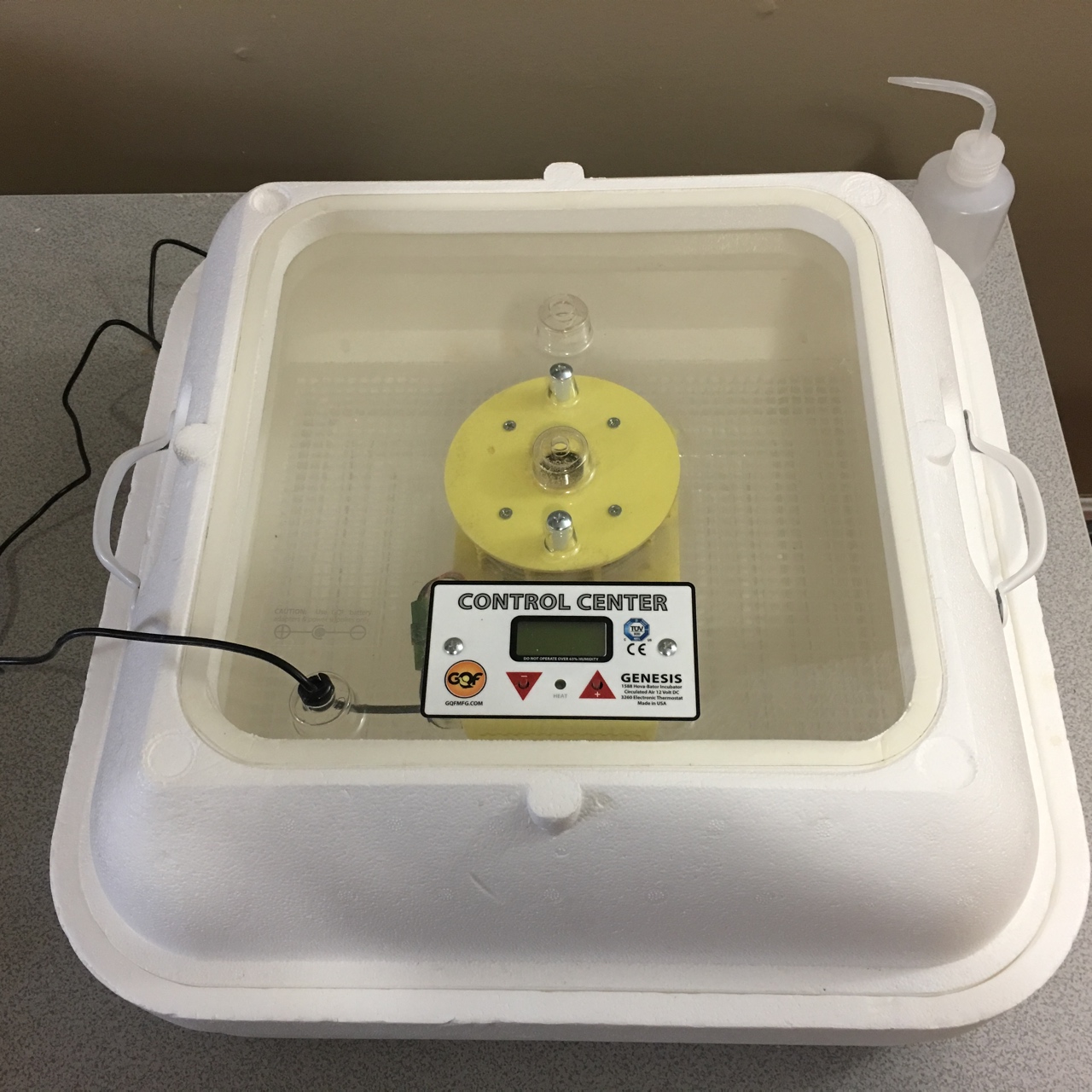
This is a forced-air, styrofoam incubator with digital controls. It runs about $210 online for a unit that includes an auto turner. I have one unit with a turner and one without – and have had good hatches of Muscovy eggs hand-turning in one of these incubators. Capacity is 50 chicken eggs, so you can do larger hatches. I’ve found that a separate, accurate thermometer and hygrometer (to measure humidity) are critical with these units, as the digital readouts are off; to be safe, I’d use two separate thermometers to monitor the temperature, as a temperature spike could destroy developing embryos. In addition, the styrofoam construction of the unit causes it to have more difficulty bringing the temperature back up immediately, though it’s faster than a still air incubator; it’s easily scratched and dented; and cleaning it after a hatch is labor-intensive. I’ve implemented a workaround so that I can add water to the channels without opening the lid, thus maintaining the temperature inside: just poke a long straw through one of the vent holes on top and aim it into a water channel at the bottom of the unit, then, using a medical wash bottle (it’s a small plastic squeezable bottle with an angled straw at the top), squeeze water into the straw and into the channel. This works really well during lockdown, too. One other criticism: the molded “handles” on the sides are nearly useless for trying to move the lid; I added actual external handles so I can securely remove and replace the lid. Bottom line: a solid,economical incubator, but requires more monitoring and adjustment (hands on).
Little Giant 9300:
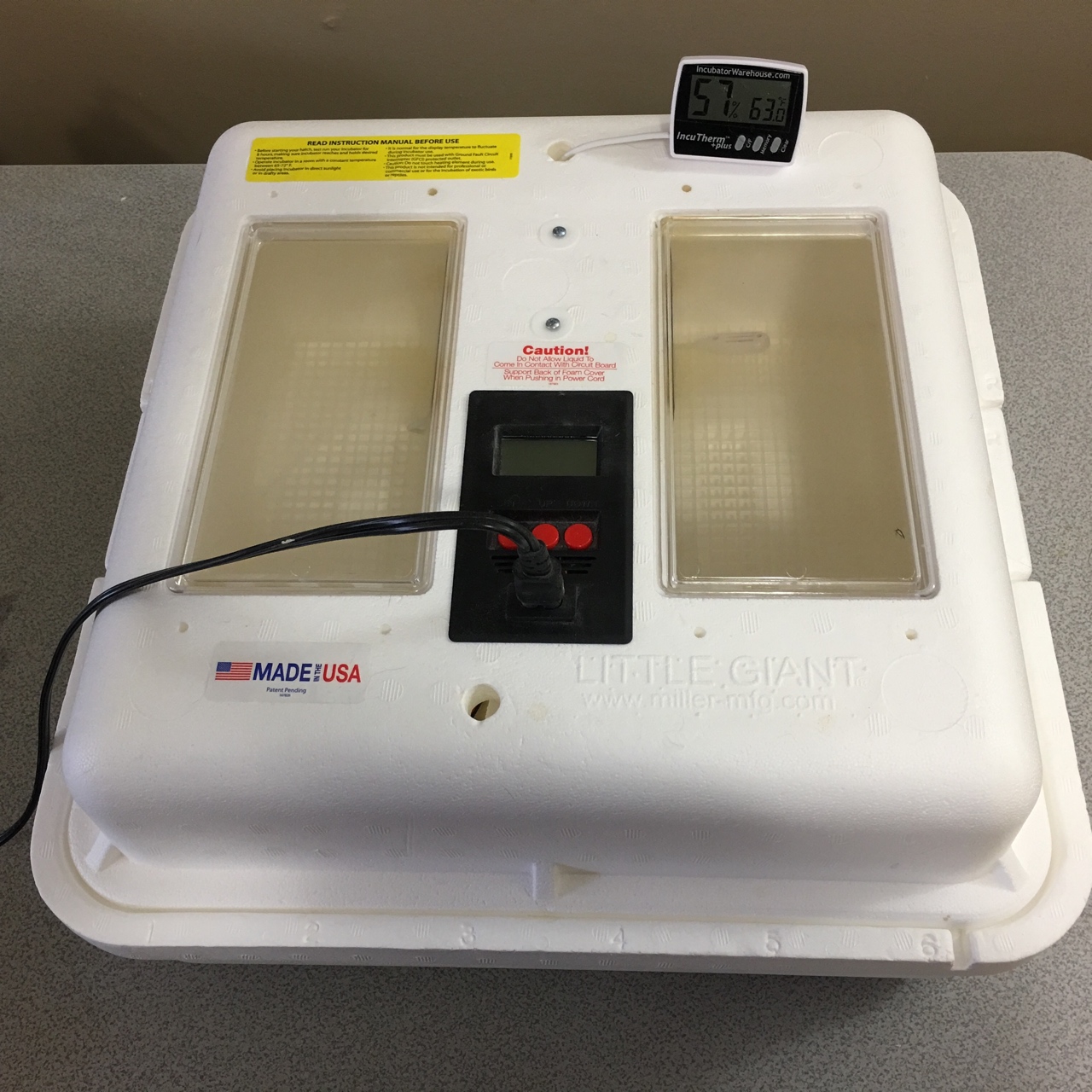
This is a still air, styrofoam construction incubator with digital controls. It prices at around $50 online (without turner). It has the same challenges as the Hova-Bator due to the styrofoam construction, and the lack of a fan to circulate the air means that it takes a long time for the temperature to return to its optimal setting once the lid has been opened. In addition, I’ve found the digital thermometer readout to be inaccurate, so using a separate thermometer and hygrometer is also necessary with the unit. I use this incubator as a hatcher, meaning that I only place eggs into it when they’re in the “lockdown” phase of incubation (day 18 or 19). At this stage, the eggs are preparing for hatch, with the chicks are getting into position inside the egg. Using a separate hatcher means that I can “stagger” hatches (have eggs started at different times in one incubator that are moved to the hatcher when ready for hatch); in addition, still air theoretically reduces the risk of “shrinkwrapping” of an egg, where the inner membrane dries onto the chick inside the egg and prevents hatching. I like using a hatcher to contain the hatching mess: bits of fluff from down and feathers, goop from inside the egg, etc. If you use a hatcher, you only have to do a deep cleaning on the hatcher itself; the other incubators remain relatively clean and can be easily wiped out with disinfectant, and debris stays out of the forced-air incubators’ fans. Bottom line: useful as an inexpensive hatcher, but would use as an incubator only in an emergency (hands on).
Hova-Bator 1602N:
This is a still air, styrofoam, manual controls incubator. It prices at around $65. It was the first incubator I purchased, and I was so displeased with it, I returned it. I learned a lot from this incubator…especially that wafer-control thermostats will drive incubation novices batty. As a styrofoam unit, it had the same challenges as the others, but the temperature was simply impossible to keep consistent, and it would spike unpredictably. I’ve read reviews from other users online who claim that they have good hatches in these, but I would not recommend it to people who are new to incubation, and I would not purchase another. Bottom line: avoid this one unless you want to sit by it all day and fiddle with it (way too hands on).
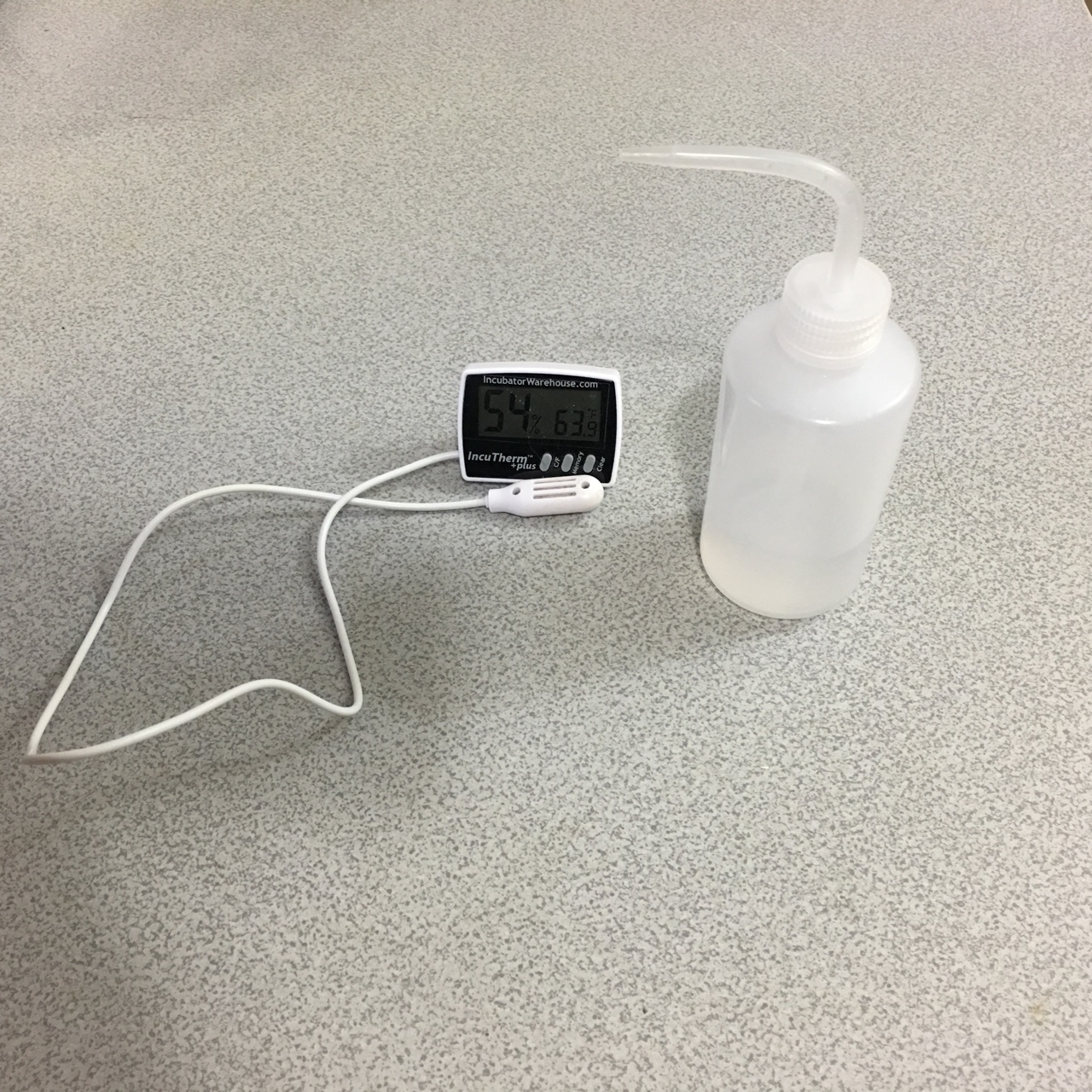
My reviews are based on my personal experiences with incubators I purchased. Your experience may be different. There are many incubator brands out there – do your research before buying, and get yourself an extra thermometer and hygrometer. And remember: the incubator is just one factor in your hatch rate – you need to start with fertile, fresh, and properly stored hatching eggs from healthy birds, and your incubation techniques (like using a different method for very dark eggs) will also be factors in the outcome. Shipped eggs, for example, will usually have a much lower hatch rate due to the conditions they’re subjected to during shipping (temperature and pressure fluctuations, shaking, etc.).
Want to learn more about incubating eggs? The BackYard Chickens Learning Center has a wealth of resources here: https://www.backyardchickens.com/articles/categories/hatching-eggs-raising-chickens.22/.
Do you have an incubator you love or hate? Tell us about it in the comments!
